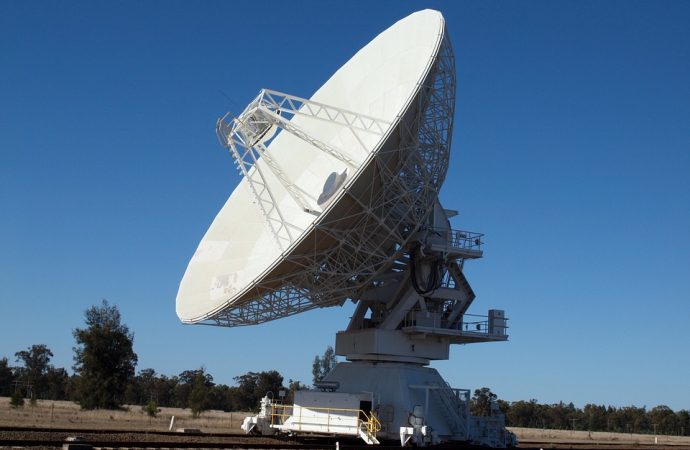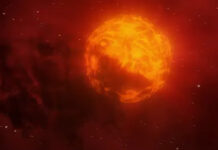Earlier this week, a team of Russian scientists reignited the discussion about alien contacts and extraterrestrial life. The RATAN-600 radio telescope, set out in southwestern Russia, picked up a strong signal, allegedly arising from a star located 94 light-years from the Sun. Known to have planets in its orbit, the HD164595 star could be a suitable system to host an intelligent civilization, capable of sending signals into the outer space.
The frenzy around the discovery was high, but did not last long, since astronomers were quick at denying the possibility of an alien contact. Eric Korpela, from the Berkeley SETI (Search for Extraterrestrial Intelligence), claims that the signal was uninteresting and the media was the main responsible for the unjustified hype around SETI signals.
What exactly are ETI signals?
Korpela explains what type of signal would convince astronomers of the presence of extraterrestrial signaling: the signal would have to be a) persistent; b) come from only one spot in the sky; and c) when astronomers look at the signal again, it would still be there. In other words, if astronomers are not able to detect the same signal a second time, the signal is probably not interesting and not extraterrestrial.
ETI (extraterrestrial intelligence) signals could be of two kinds: either electromagnetic waves or matter-based mediums, such as chips or spacecrafts. However, most of the SETI research among laboratories focuses on the detection of electromagnetic waves, in the form of laser, TV and radio waves.
What is not an ETI signal?
The HD164595’s allegedly extraterrestrial signal was already detected in May 2015, but the discovery only reached the public’s attention this week. However, it turns out that the discovery is not so interesting after all.
In the first place, the band measurements used for the detection of this signal were too broad and therefore impossible to distinguish from a natural radio source. Besides, scientists could not accurately define the source of the signal, making it extremely difficult to look for it one more time. Thus, so far, astronomers were not able to detect the signal a second time.
The detection of this type of waves is not uncommon and, according to several astronomers, this signal was most likely due to stellar flare, interference from Earth, or even a bug in the system. These claims were later confirmed by the director of the Institute of Applied Astronomy at the Russian Academy of Sciences. Alexander Ipatov says that the Russian team indeed discovered an unusual signal, but further investigations confirmed that it was, after all, fruit of terrestrial interference, coming from a Soviet military satellite.
Why Search For Extraterrestrial Life?
The search for extraterrestrial life has inspired numerous movies, books and TV series from the very moment humans started looking at the starts and imagining what is beyond what the eyes can see.
In 1959, Giuseppe Cocconi and Philip Morrison co-wrote one of the most straightforward and captivating articles on the search for extraterrestrial life. They write that ‘near some star rather like the Sun there are civilizations with scientific interests and with technical possibilities much greater than those available to us. […]We shall assume that long ago they established a channel of communication that would one day become known to us and that they look forward patiently to the answering signals from the Sun’.
Assuming that extraterrestrial civilizations are already trying to communicate with the inhabitants of the planet Earth, Cocconi and Morrison claim that electromagnetic waves are the most likely form of interstellar communication. In addition, the extraterrestrial message is likely to last for several years and then repeat itself from the beginning. The signal will be of different types, from ‘a sequence of small prime number of pulses to simple arithmetical sums’.
A discriminating search for signals deserves a considerable effort. The probability of success is difficult to estimate; but if we never search, the chance of success is zero.
Cocconi and Morrison, Nature, 1959
References:
COCCONI, G., & MORRISON, P. (1959). Searching for Interstellar Communications Nature, 184 (4690), 844-846 DOI: 10.1038/184844a0
Carrigan Jr, R. (2006). Do potential SETI signals need to be decontaminated? Acta Astronautica, 58 (2), 112-117 DOI: 10.1016/j.actaastro.2005.05.004
Vox– Science and Health
The Verge
Russian News Agency





